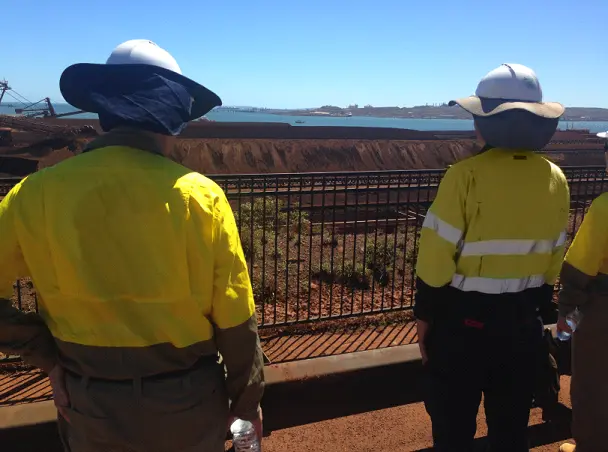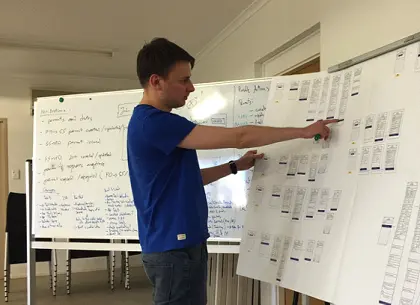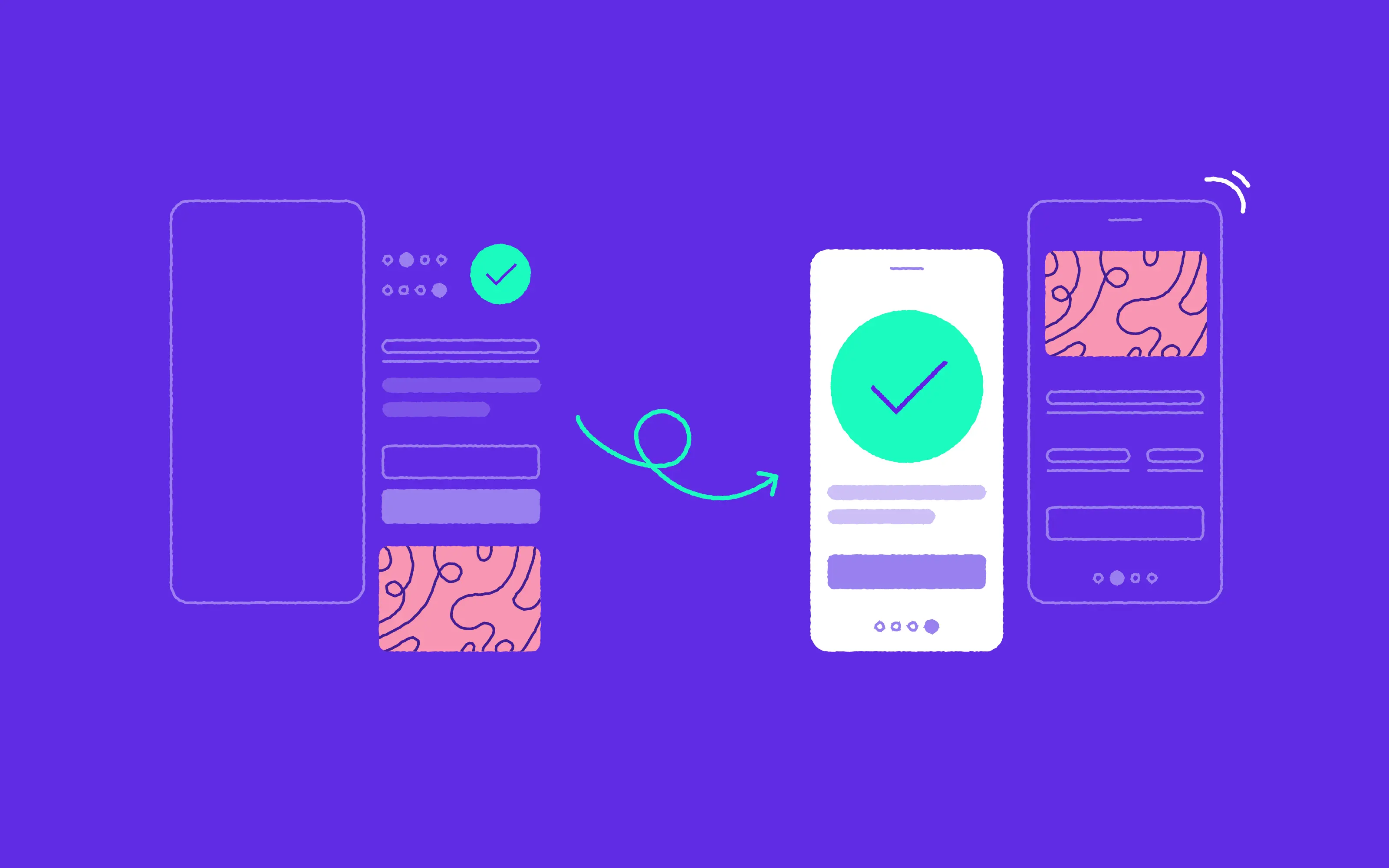What the Australian Desert Really Taught us About User Experience Design
28.04.2015 | 4 min read


User Research often feels like a step you can skip. It’s easy to make assumptions about other people, and due to our biases we are convinced we got them right.
But for projects targeting users with specialized needs determining what is really important can be tricky. That’s why it’s necessary to go that extra mile – or in our case 8 thousand.
Be prepared to go way outside of your comfort zone
Recently 10Clouds had the opportunity to conduct User Research at Australian mine sites. Our main goal was to get a better understanding of the context of use for our upcoming mobile app.
Although technology has made the world smaller, for some projects you can never really learn about the needs of your users remotely.
We also couldn’t assume that behaviors of Polish workers would translate to our true target users.
So, we learned as much as possible about the project remotely, to form our assumptions and design concepts, and went ahead to verify them.
Become one of your users
During the user experience design process it’s important to understand you are not designing for yourself. You have to build empathy for target users, so you can respond to their needs effectively.
And what is a better way to do that than going through their day with them?
To step into our users’ shoes we were accommodated in the industrial part of the city, wore the same safety gear, and attended (otherwise restricted) work sites with them.

During the visit we felt the heat they have to deal with every day. We were able to feel the remoteness of this desert city and the dangers they have to be constantly aware of. We learned an enormous amount and gathered a lot of insights. All of this, without the visit, would be even hard to imagine, let alone take into account.

We understood the needs and motivations of our users, obviously. But, more importantly, all of this helped us understand their mindset. Their complete focus on the task, perceiving each other as experts, their honest respect towards the safety regulations.
Our app has to reflect all that.
Verify your assumptions as you go
User research helps us to make sure we stay on the right track during the design phase. But to get as much as possible out of the trip like this you have to consider running simultaneous Stakeholder Workshops along with it.
The workshops we led helped to understand the problems we were trying to solve and form initial solutions.
We were lucky to be a part of a diversified team, with a representative for each relevant user role. Their expertise helped us improve our concepts and verify the app’s functionality.

Going even further, we also decided to conduct guerilla usability tests to quickly identify potential issues with proposed design.
We observed people using the navigation, figuring out the terminology and using basic features we were able to mock up. Thanks to the test we’ve anticipated most of the problems our users might run into.
Prepare for an extra burst of motivation
User Experience Design is full of potential for making a real impact in people’s lives. However, sometimes it’s hard to avoid the feeling of being disconnected. It becomes especially noticeable when you struggle with difficult problems or try to wrap your head around complicated processes you have to cover.
In situations like this there is nothing more refreshing than meeting the very people you’re trying to help. Seeing their problems in real life brings back your focus and reminds you why you are in this line of work in the first place.
And why is this so important?
In theory we could proceed, relying on the insights provided by the stakeholders, but now we are sure that to get the proper perspective we needed to be there.
User research showed us a lot of unexpected, often subtle, issues. These problems, if left ignored, could easily add up and make a difference between success and failure.
Collected observations revealed surprising constraints when it comes to the display contrast and the access to smartphone sensors. In addition some features, though considered reasonable at the beginning, turned out to be way too constraining in action.
Our findings helped to verify proposed interface and plan necessary changes to make sure the app will meet its goals. They also inspired us to implement additional functionality, which will be essential in the field.
In result, the UX process helped us effectively address our users’ needs with informed design decisions.



